

Liang Sicheng (20 April 1901-9 January 1972) was a 20th-century architect, architectural educator and historian in China. Liang established the early architectural subjects in Chinese universities, and he devoted himself to the study and preservation of Chinese traditional architecture which had been underestimated in the modern architectural research dominated by the western world. Pioneering architectural education, heritage preservation and urban planning in China, Liang was recognised as the father of modern Chinese architecture.
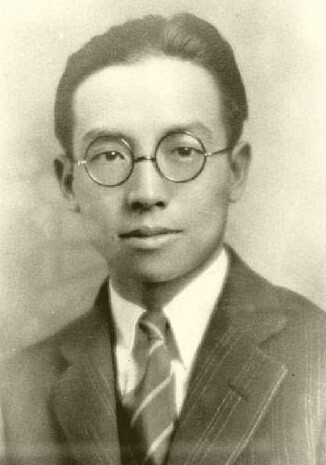
Figure 1 Liang Sicheng
Liang Sicheng and his family came from Xinhui (新会), Guangdong Province. Liang Sicheng was born in Tokyo, Japan in 1901, when his father Liang Qichao who was one of the most influential social and political activists and intellectuals in the late Qing Dynasty fled to Japan after the defeat of the Hundred Days' Reform (戊戌变法) in 1898.
Following the 1911 Revolution, Liang Sicheng returned to China with his parents and received his primary and secondary education in Beijing. In 1915, Liang started his study at Tsing Hua College and completed the degree in 1923. In the following year, Liang went to the United States with Lin Huiyin[1] and commenced his higher education in the Department of Architecture at the University of Pennsylvania. Receiving his master degree in 1927, Liang studied Architectural History at the University of Harvard and started his research about Chinese traditional architecture, though the degree was finally suspended.
In 1928, Liang married Lin, and this couple went back to China after their travel in Europe. They were invited to teach architecture at the Northeastern University in Shenyang, while this was later interrupted when Japanese troops occupied and controlled the city. Liang left for Beijing in 1931 and became a member of the Society for the Study of Chinese Architecture (中国营造学社). He conducted a refurbishment of a royal library-Wenyuan Hall (文渊阁) in the Forbidden City in 1932, meanwhile, a drafted Qing Structural Regulations (清式营造则例) was finished.
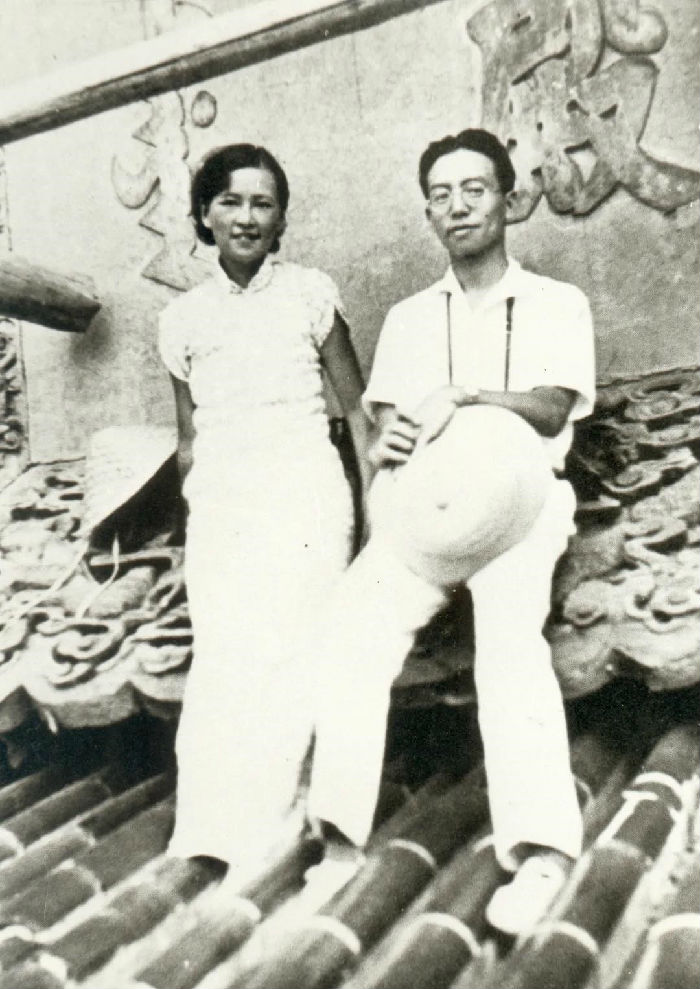
Figure 2 Liang Sicheng and Lin Huiyin on the roof of the Hall of Prayer for Good Harvest (祈年殿) in the Temple of Heaven, Beijing (1935)
To decipher the architectural terms in Yingzao Fashi (营造法式)-a building treatise written in North Song Dynasty (960-1127 A. D.),Liang and his colleagues carried out a survey between 1932 and 1937 to search the surviving architectural heritage across China. Their investigation covered fifteen provinces and more than two hundred counties, over two thousand pieces of architecture and relics from the 7th century to the 20th century were finally recorded and photographed to document, these building assets include the Temple of Buddha's Light (857 A. D.), the Temple of Solitary Joy (984 A. D.), the Yingzhou Pagoda (1056 A. D.), Zhaozhou Bridge (589-617 A. D.), etc. These discoveries were gradually published in the following years, which not only became first-hand materials for the writing of History of Chinese Architecture (Chinese version)[2] and attracted the interests of international academic communities. According to the survey, Liang provided maps of architectural heritage to the pilots of the American Volunteer Group during the Second World War, in order to save those cultural treasures from bombs. In addition to those identified architectural assets in China, Liang also proposed to avoid the destruction of two Japanese ancient cities-Kyoto and Nara during the late stage of the War to protect the local architectural heritage for human beings.
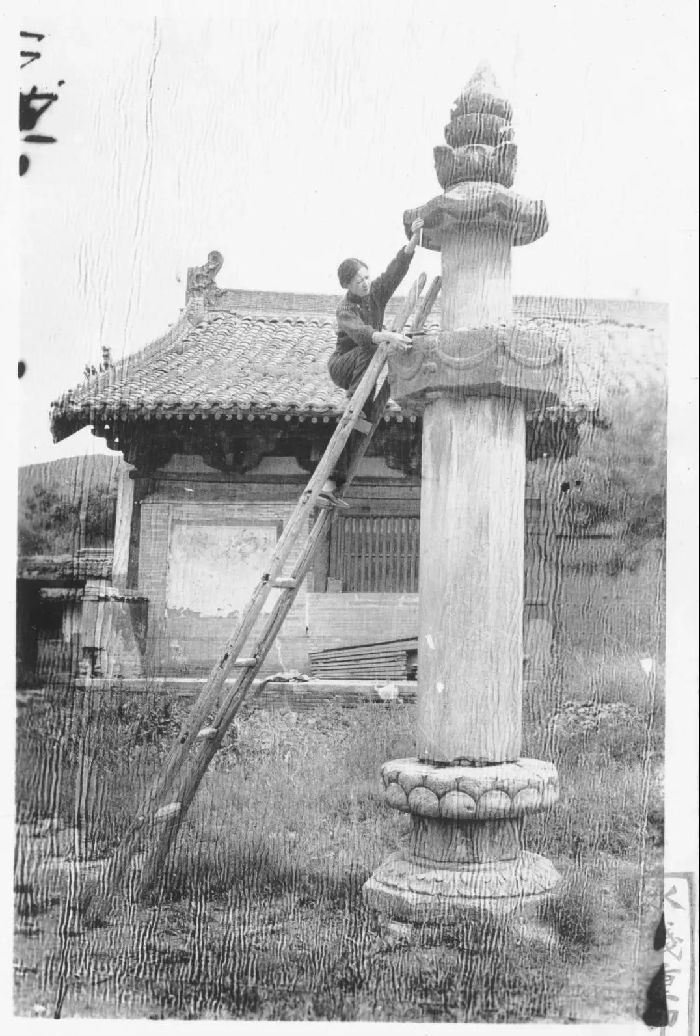
Figure 3 Lin Huiyin investigated the Temple of Buddha's Light in Wutai Mountain, Shanxi (1937)
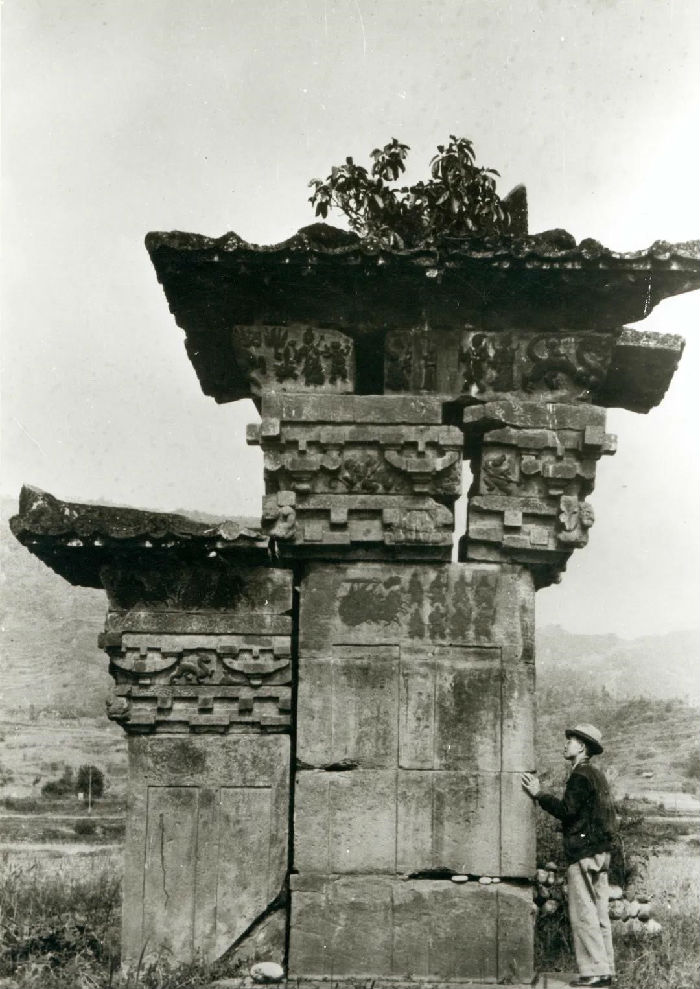
Figure 4 Liang Sicheng and his colleagues surveyed in Ya’an, Sichuan (1939)
In 1946, Liang was invited to the Yale School of Architecture as a visiting professor[3], and he was appointed as a Chinese representative of the design of the United Nation’s Headquarters. Princeton University granted Liang an Honorary Doctorate in 1947 to reward Liang for his significant contributions to the research of Chinese traditional architecture. Later on, Liang established the Department of Architecture at Tsinghua University. To preserve architectural heritage in Beijing from bombing before the Battle of Pingjin (平津战役) in 1948, Liang provided a full list of the documented architectural and building heritage in China to the People's Liberation Army, which successfully rescued the heritage properties and the city walls of Beijing.
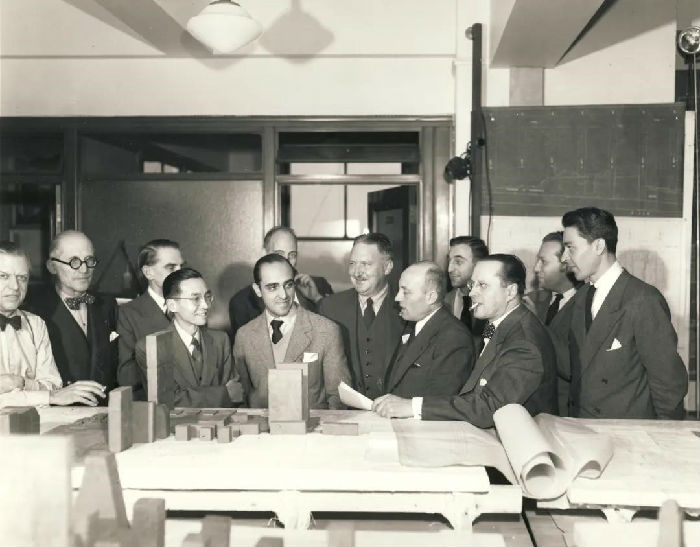
Figure 5 Consultation meeting of the design of United Nation’s Headquarters, New York (1947)
While working at Tsinghua University, Liang made efforts to preserve the cultural characteristics of Chinese architecture and cities after the foundation of the People’s Republic of China. Liang proposed a plan with his colleague-Chen Zhanxiang (陈占祥) when they were given the responsibility to develop the city planning of Beijing. Claiming the significance and values of historical buildings and the city walls of Beijing, this proposal recommended developing a modern town to the west of the old city of Beijing to maintain the exiting urban fabric and skyline. Regretfully, this plan was declined eventually. Appealing for the preservation of urban heritage, Liang was criticised and suffered during the Cultural Revolution. In 1972, Liang died in Beijing.
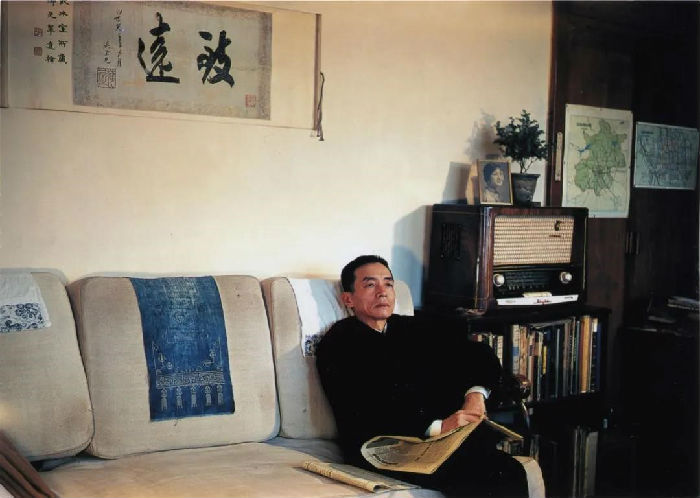
Figure 6 Liang Sicheng in his home at Tsinghua University (1962)
[1] Lin Huiyin (1904-1955) was a 20th-century female architect and writer in China.
[2] An English version of History of Chinese Architecture was published by the MIT Press in 1984, with the name A Pictorial History of Chinese Architecture.
[3] Archives at Yale: https://archives.yale.edu/agents/people/86220
References:
<http://www.planning.org.cn/zt/project/2015/153/index.html>
<http://www.planning.org.cn/news/view?id=2071>
<https://cpcchina.chinadaily.com.cn/2012-01/30/content_14505536.htm>
Picture:
<https://mp.weixin.qq.com/s/za4Cko4oPgyqbQMPjMp-WA>
<http://www.planning.org.cn/news/view?id=2071>
Edited and translated by Liang Xiuchun